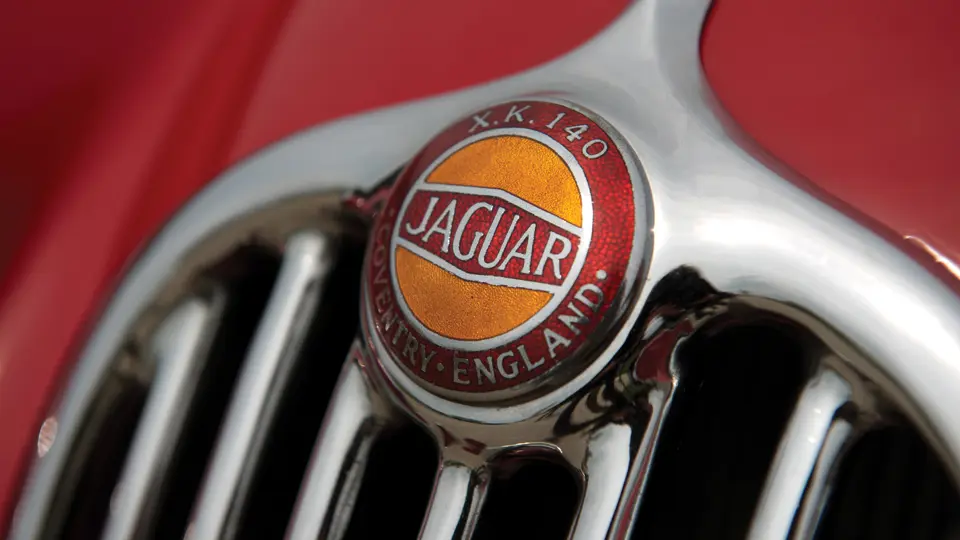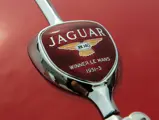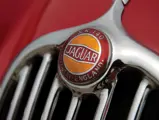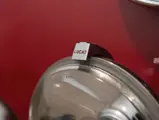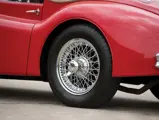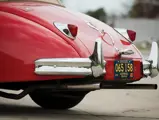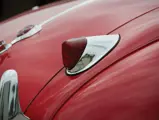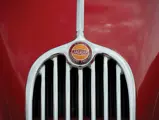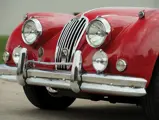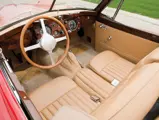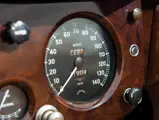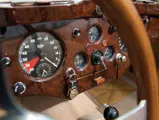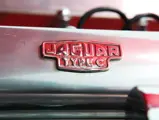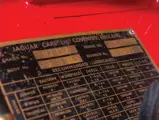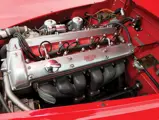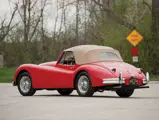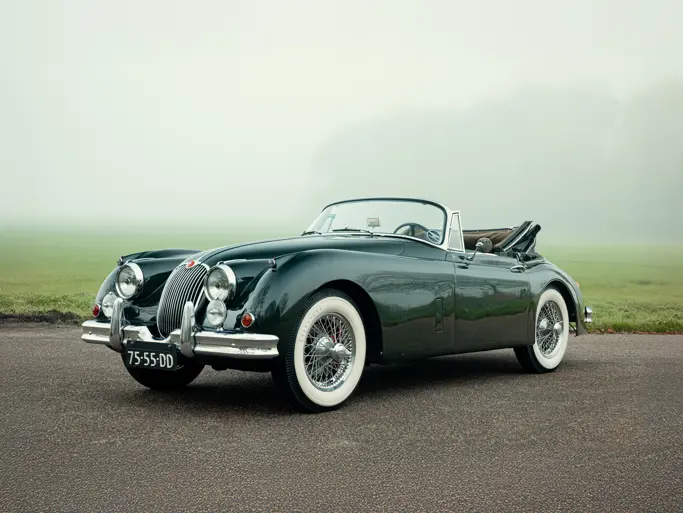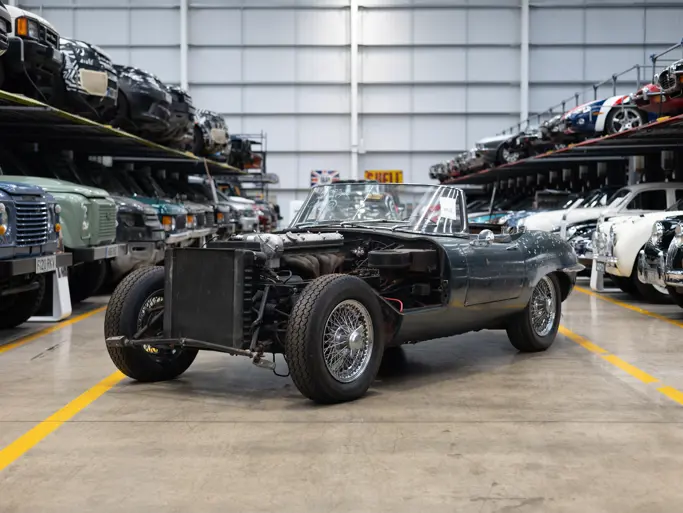210 bhp, 3,442 cc DOHC inline six-cylinder engine, four-speed manual transmission with electric overdrive, torsion bar independent front suspension, live rear axle with semi-elliptic leaf springs, and four-wheel hydraulic drum brakes. Wheelbase: 102 in.
The Jaguar XK120 created a sensation at the 1948 London Motor Show. It was low and lithe, with a curvaceous envelope body, and it had a newly designed dual overhead-camshaft inline six that could displace 3,442 cubic centimeters. The model took its name from a May 1949 speed run by a production roadster on Belgium’s Jabbeke Highway, where it was clocked at over 120 mph. There was nothing else like it on the market. A handsome fixed-head coupe was added to the line in 1951, and a convertible, “drophead coupe” in the British parlance, with roll-up side windows and a more substantial top was added in 1953.
For 1955 the chassis was redesigned with larger torsion bars, better brakes, and rack-and-pinion steering. The engine was given higher-lift camshafts, which had the effect of raising horsepower to 190. There were also subtle appearance changes, such as the grille was given fewer bars that were more widely spaced and full-width bumpers were added. Flashing directional signals were located in the front fenders, just above the bumper.
Moving the engine forward about three inches allowed for a roomier cockpit, but it also required a relocation of the battery compartment into the front fender. The car was re-designated XK140 and two variants were added, the XK140 M, which included a crankshaft dampener, wire wheels, a dual exhaust, twin fog lamps, and windshield washers, and the XK140 MC, which added the big-valve cylinder head from the C-Type Jaguar, raising horsepower to 210. The three body styles continued in production through mid-1957, with each available in any of the three variants.
This XK140 MC has been in its current ownership for 15 years, and about a decade ago it was treated to a meticulous body-off restoration at Jaguars Unlimited in Chicago. The body was stripped to bare metal and refinished in red, which nicely contrasts with a new tan Connolly leather interior. The burled walnut dashboard and interior woodwork are all new, along with the top mechanism and the wool carpets, and all of the instruments have been completely restored.
This Jaguar is a veteran of the California Mille, and it has been upgraded with an aluminum radiator, an electric fan, and a Mallory electronic ignition system, for carefree driving. The owner did not regularly show it, but in a post-restoration appearance at Autorama in Detroit, it came away with the Best Sports Car award.
It comes with a binder that contains all of the restoration receipts and other documentation, including a Heritage Certificate from the Jaguar-Daimler Heritage Trust, which attests to its as-delivered specification. This matching-numbers car, with the coveted C-Type head and overdrive, is surely among the best of its breed available today.

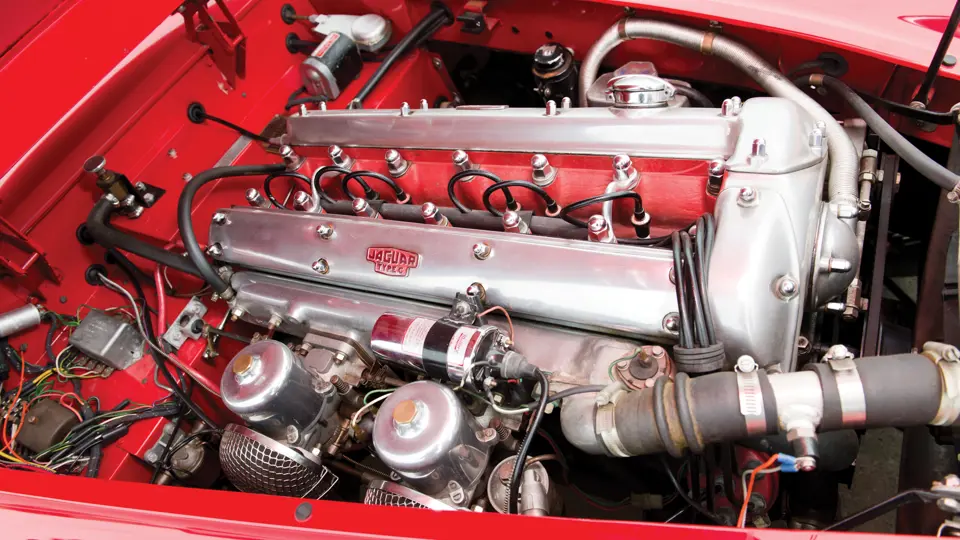
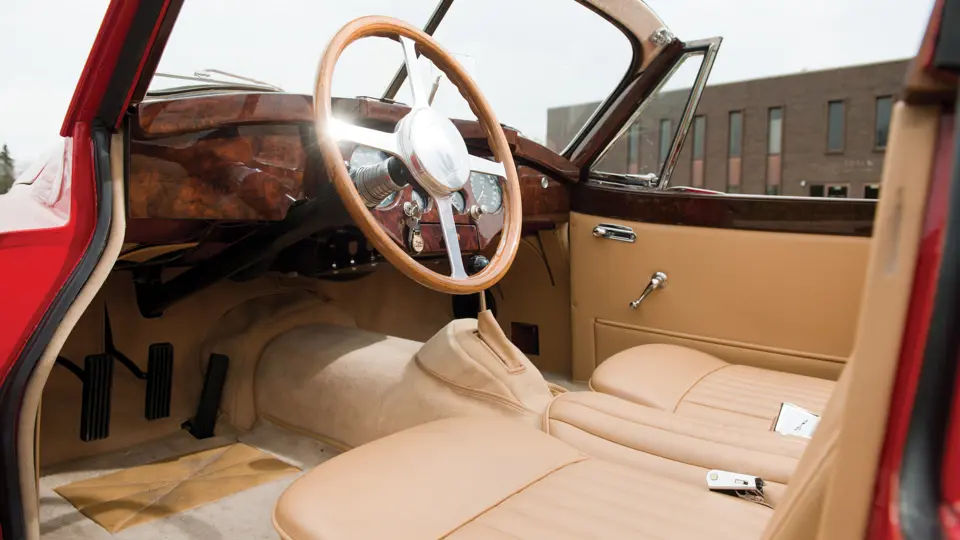

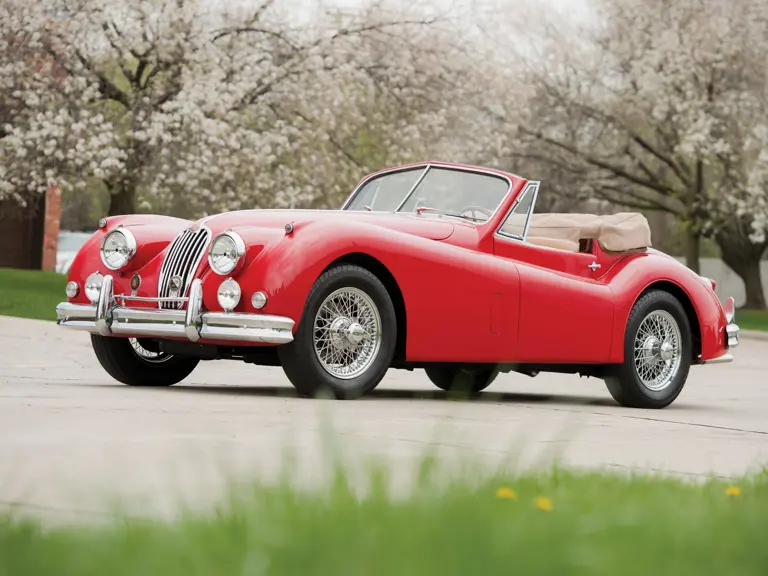
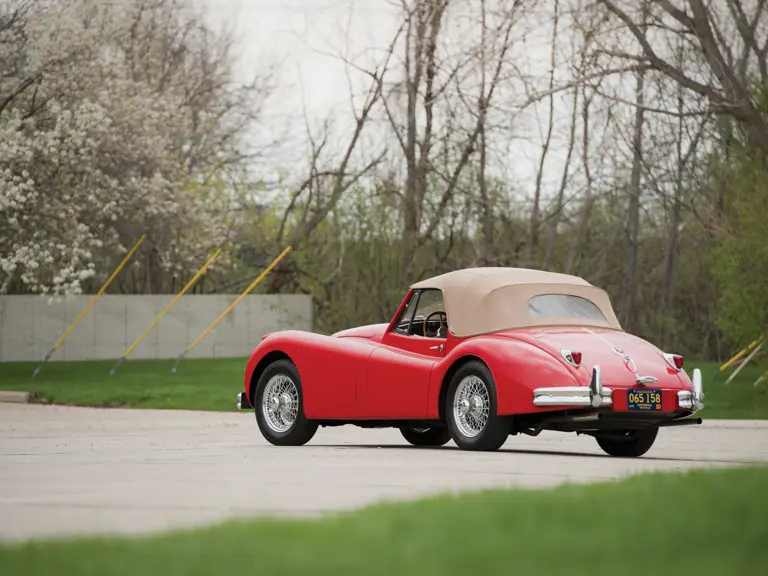
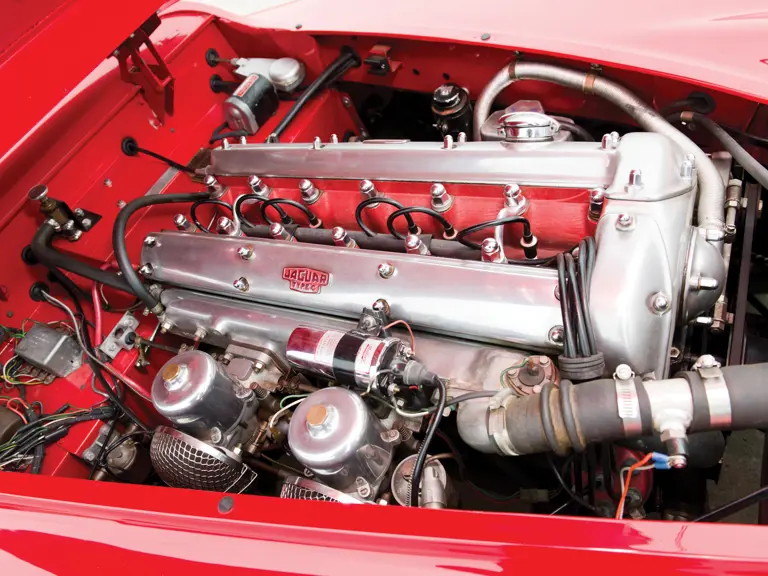

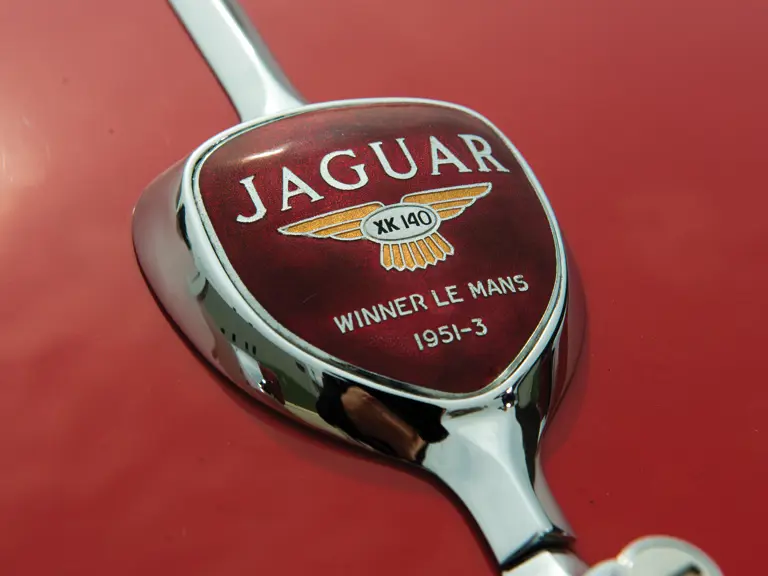
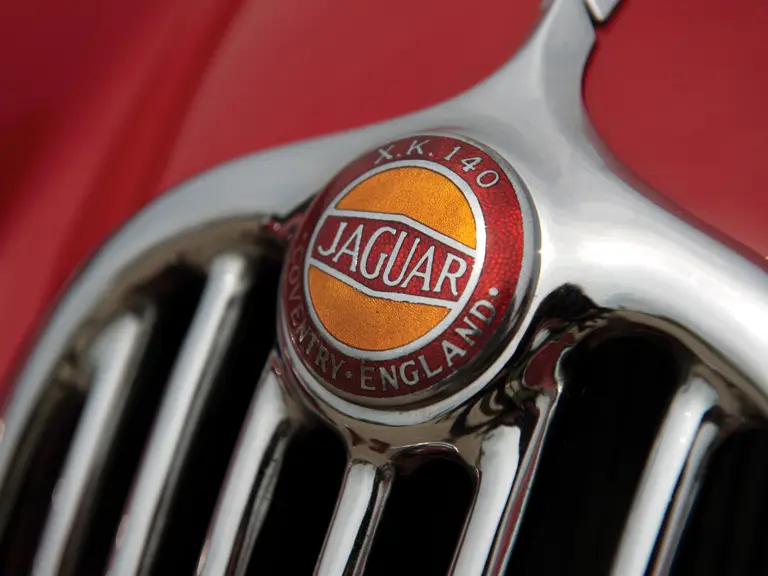

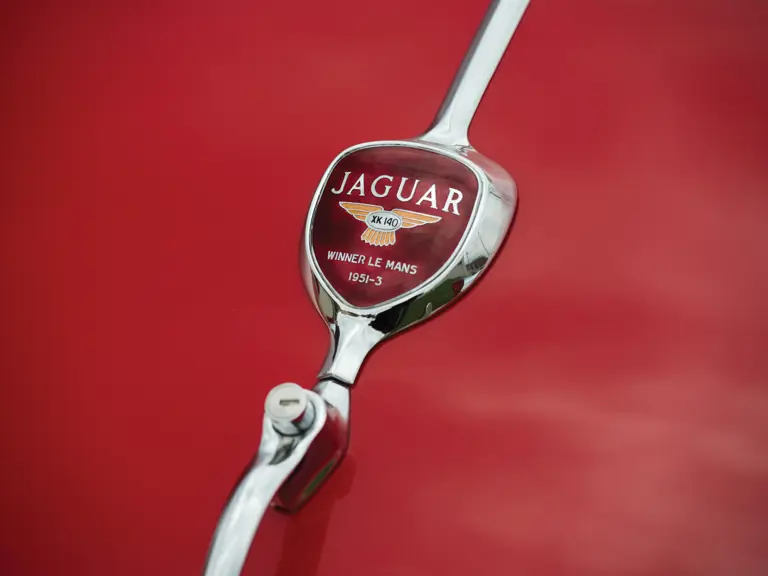
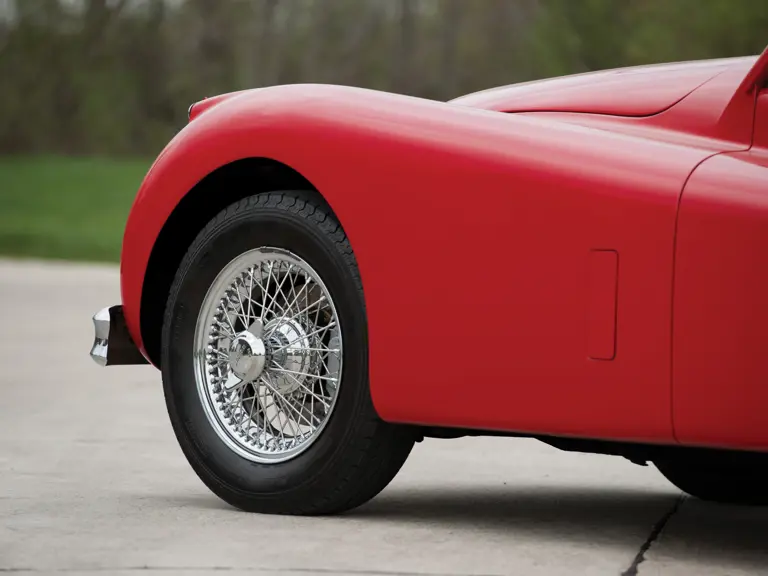
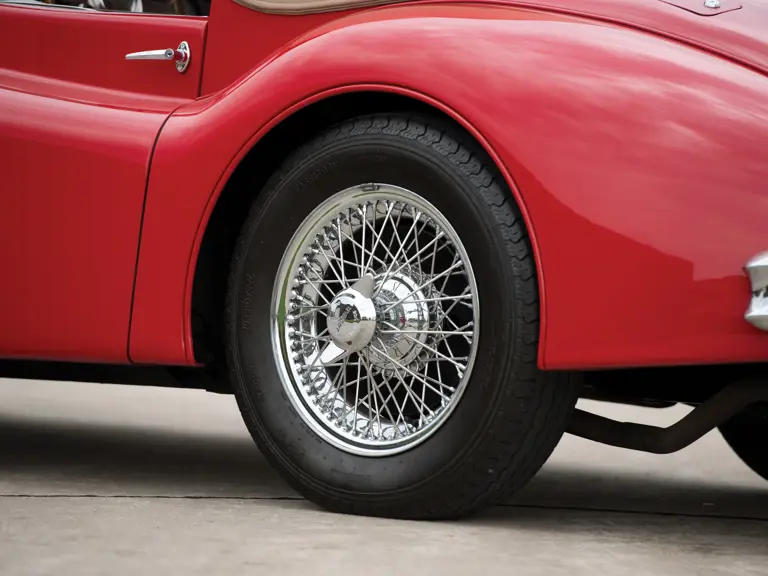
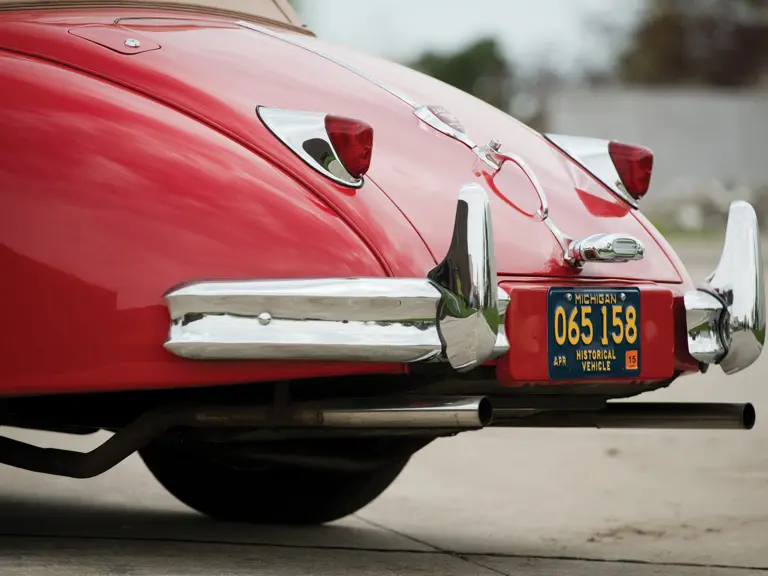
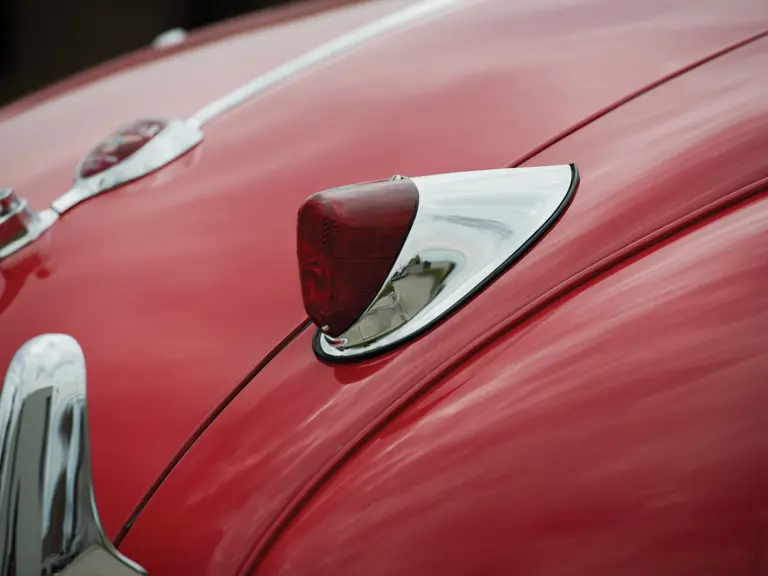
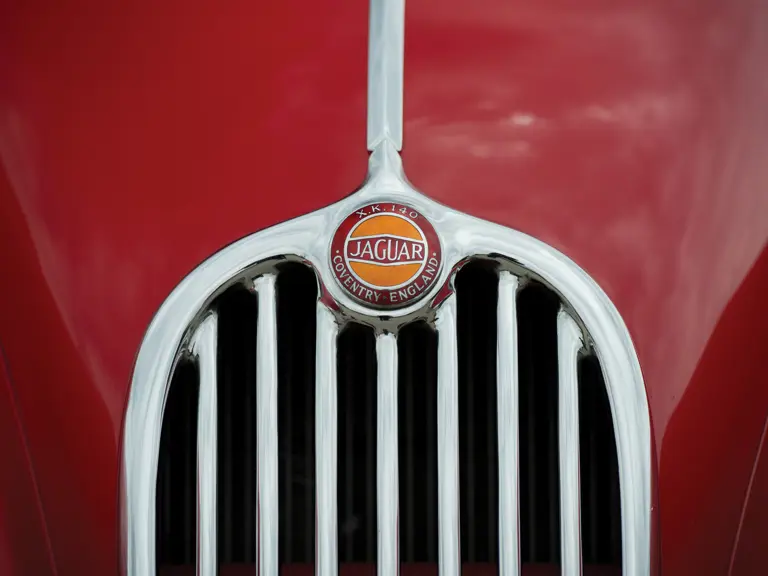


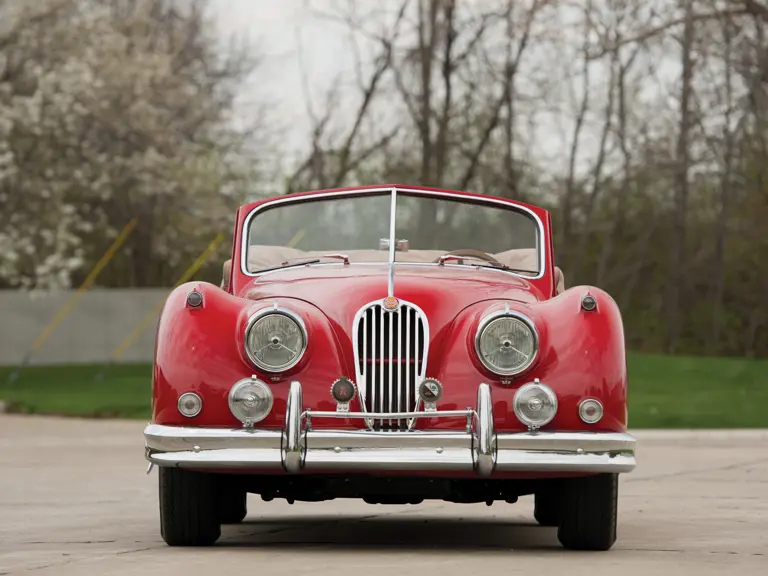
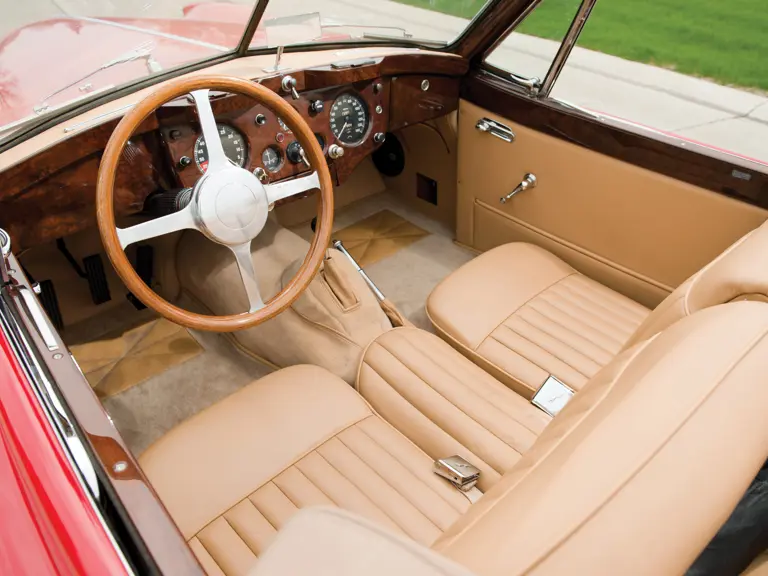
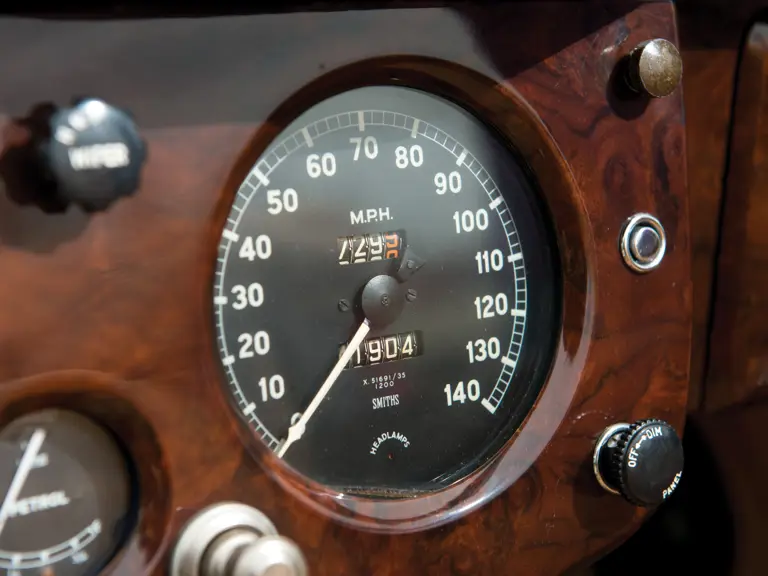


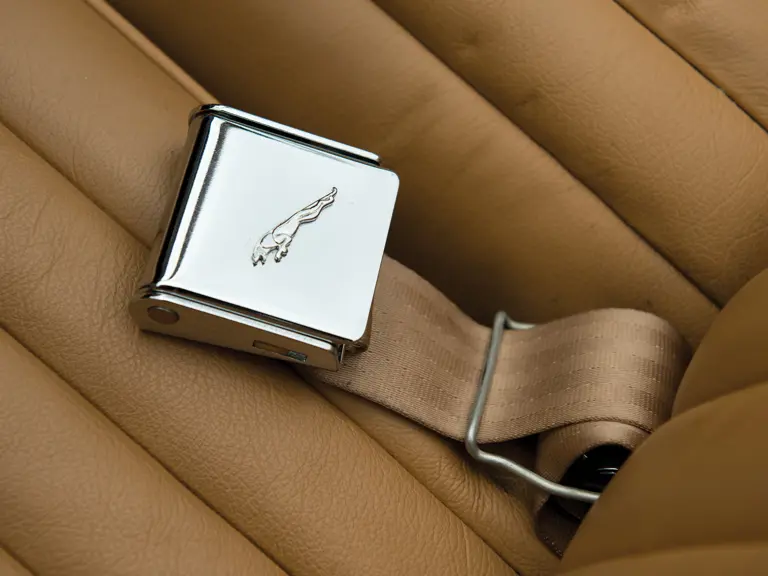
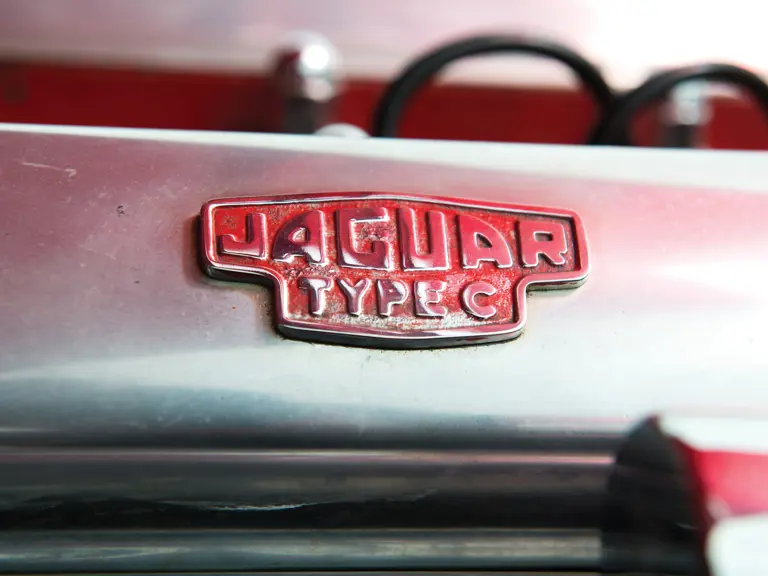
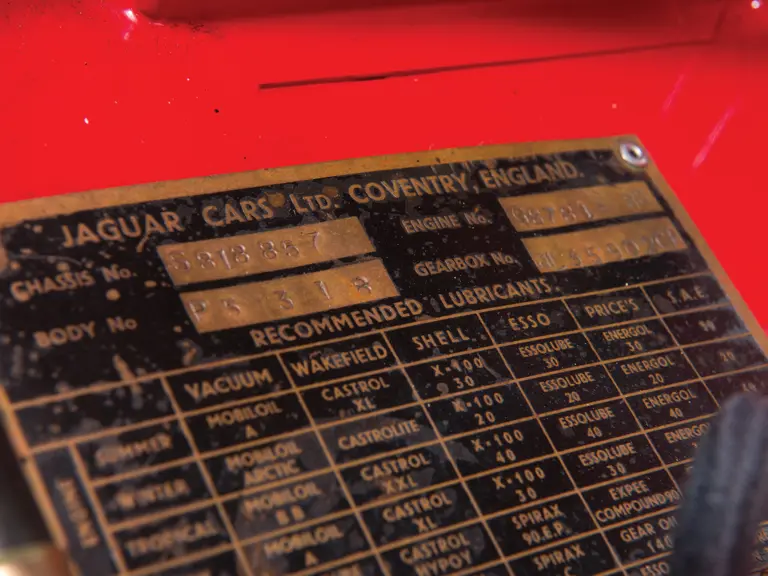
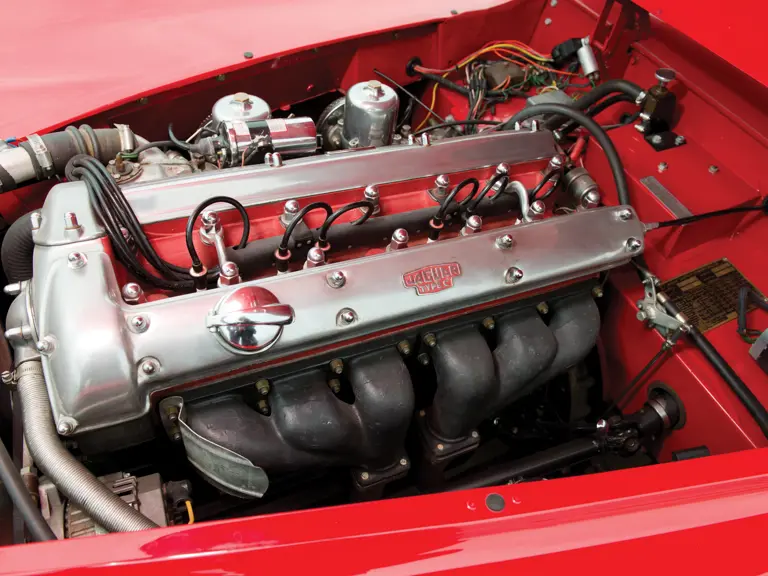
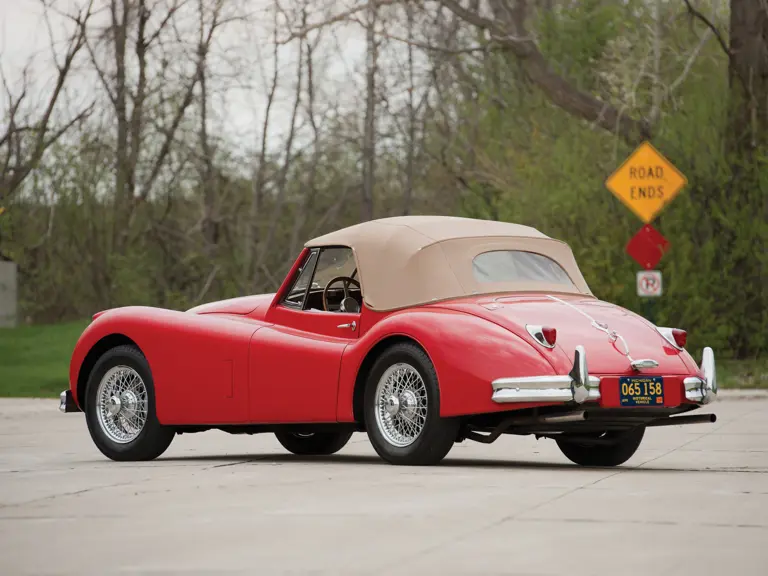

 | Plymouth, Michigan
| Plymouth, Michigan

